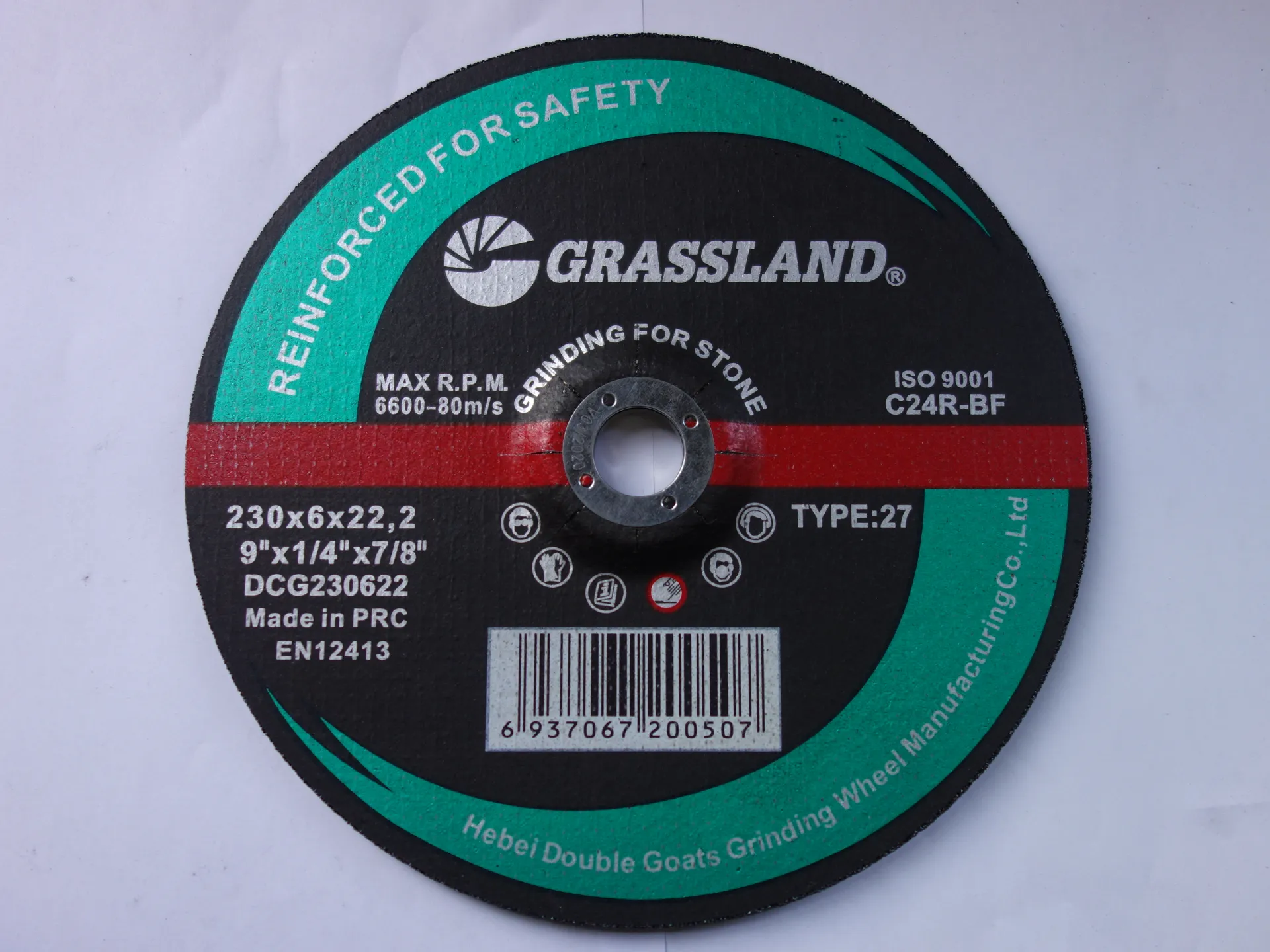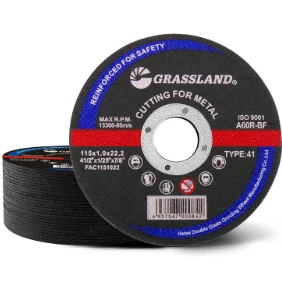

A key consideration when selecting a cutting disc is its thickness. Thicker discs, often used for cutting robust materials, provide durability and longevity. Conversely, thin cutting discs are optimal for applications requiring fine precision and minimal material removal, such as in automotive bodywork. Safety should never be overlooked. The use of cutting discs requires adherence to strict safety protocols to prevent accidents. This includes wearing appropriate protective gear, ensuring the disc is matched with the correct tool type, and regularly checking discs for any signs of damage or wear. From an expert perspective, embracing innovations in cutting disc technology can significantly enhance operational efficiency. Advanced discs featuring cooling technologies or vibration dampening properties not only make cutting safer but also improve the overall quality of the cut, reducing burrs or rough edges. Trustworthiness in product selection hinges on sourcing discs from reputable manufacturers. Brands with proven track records for safety, durability, and performance offer peace of mind and reduce potential wastage associated with premature disc failure. In conclusion, selecting the appropriate cutting disc is vital not only for the quality of the work but also for long-term safety and cost-effectiveness. By considering the material to be cut, the specifics of the task at hand, and adhering to safety and quality standards, users can maximize their productivity and achieve superior results across various cutting applications. As industry standards evolve, keeping abreast with technological advancements ensures optimal performance in every cutting task.
Post time:Jan - 12 - 2025

















